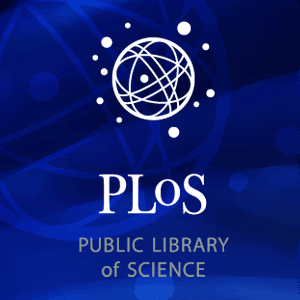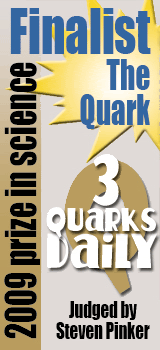A new season of Heroes and the biology of regeneration
Claire from Heroes has a genetic mutation that allows her to regenerate.
Tonight’s Heroes premiere was one of the most anticipated new shows of the fall season. While the idea that a genetic mutation could allow someone to freeze time, read minds or defy gravity requires a small suspension of disbelief, there is one heroic genotype that scientists are currently exploring for it’s real world applications.
Claire has been one of my favorite characters in the series, and not just because she was the only one in her class who knew that Charles Darwin is famous for the term "survival of the fittest" (though it was actually Herbert Spencer who coined the phrase). I've always been fascinated with the possibility that humans could one day understand cellular mechanisms well enough to regrow damaged tissues, even stave off the inevitable. Now it seems we have the capability within our reach.
According to the journal Science the new field of “regenerative medicine” is one in which cells, tissues, even entire limbs that have been damaged by disease, injury, or aging could be regrown by studying the abilities of the humble salamander.
A salamander can regenerate its limbs and tail, upper and lower jaws, ocular tissues such as the lens and retina, the intestine, and small sections of the heart. . . The salamanders are unusual among adult vertebrates in their ability to regenerate an entire limb from a blastema.
The blastema is a mass of undifferentiated cells that develops into an organ or appendage following a specific pathway for a specific tissue. This is what allows us to regenerate skin and parts of our livers. However, in salamanders the blastema “dedifferentiate” and lose their specific characteristics in order to regenerate an entire limb, tail, even a new brain. This has led to a rush to understand the unique qualities of the salamander’s blastema.
Writing in the journal Molecular Interventions, biologist Panagiotis Tsonis suggests that these abilities might not be too far removed from what we currently understand about stem cells.
In the past few years, however, many studies have shown that stem cells––cells that are reserved and used for repair––might have greater potential for regeneration than originally thought.
Tsonis highlights a newly discovered chemical compound called reversine (because it reverses the cellular process of differentiation and allows progenitor cells to turn into stem cells) and suggests that we could conceivably reengineer human stem cells to behave like salamander blastemas.
Already this research is showing exciting results in the regrowth of fingers. Is it too much of a stretch that one day future cheerleaders could do backflips from an elevated platform without a mat? Perhaps. And while the genetics for regeneration exist, it would be impossible for such a complex mutation to occur in a single generation. Humans and salamanders shared a common ancestor about 350 million years ago. While we share enough in common that we can learn a great deal about applications for regenerative medicine, leaping to such ability would require a heroic imagination.




















1 comment:
Hey Man, why don't you write your old friend? I mean, you post on this site three times a day. Can't you write a few words in email?
Post a Comment